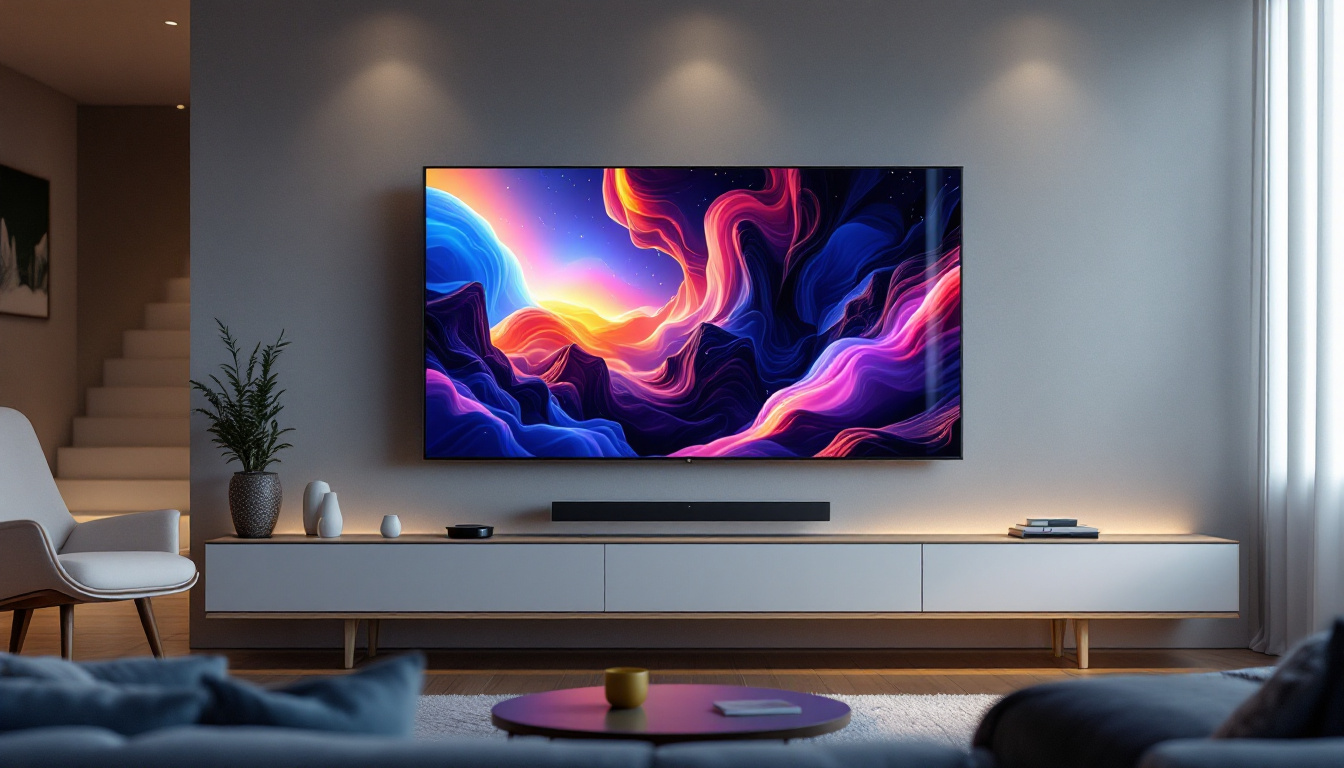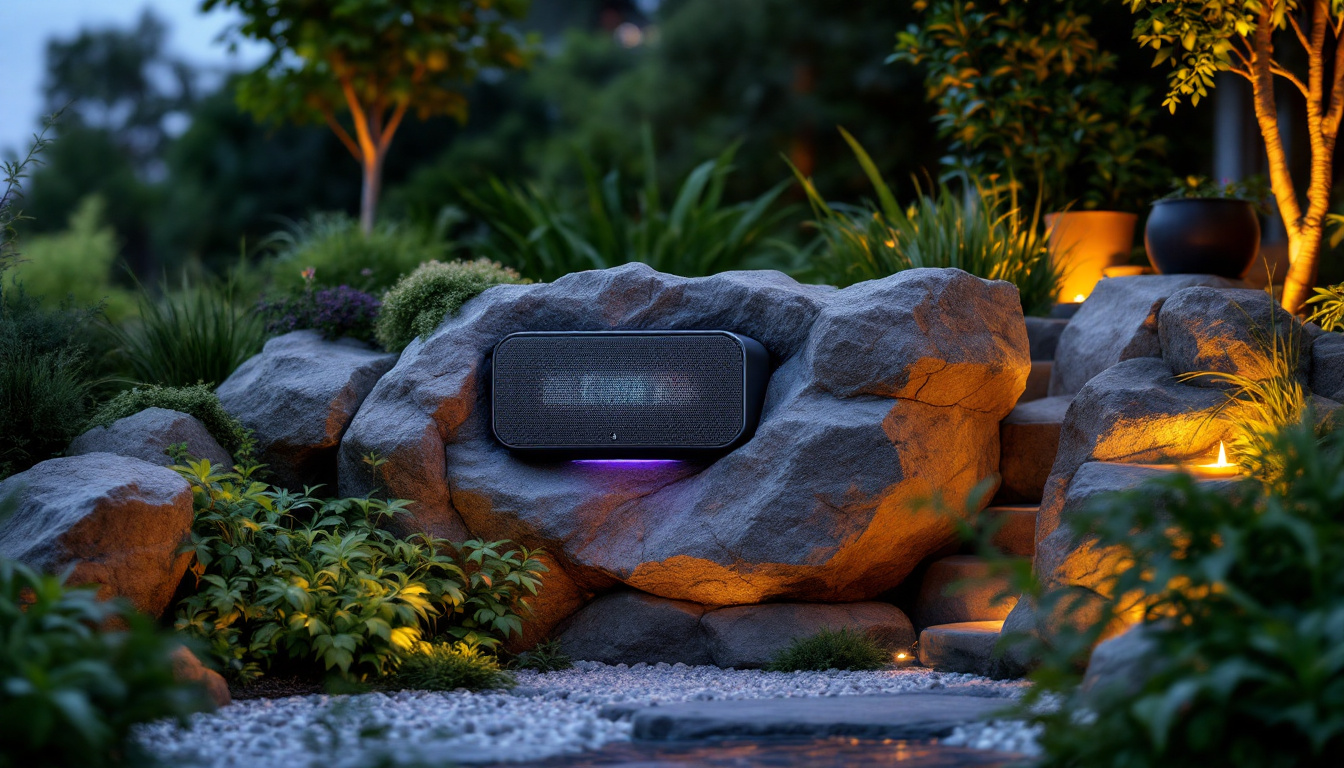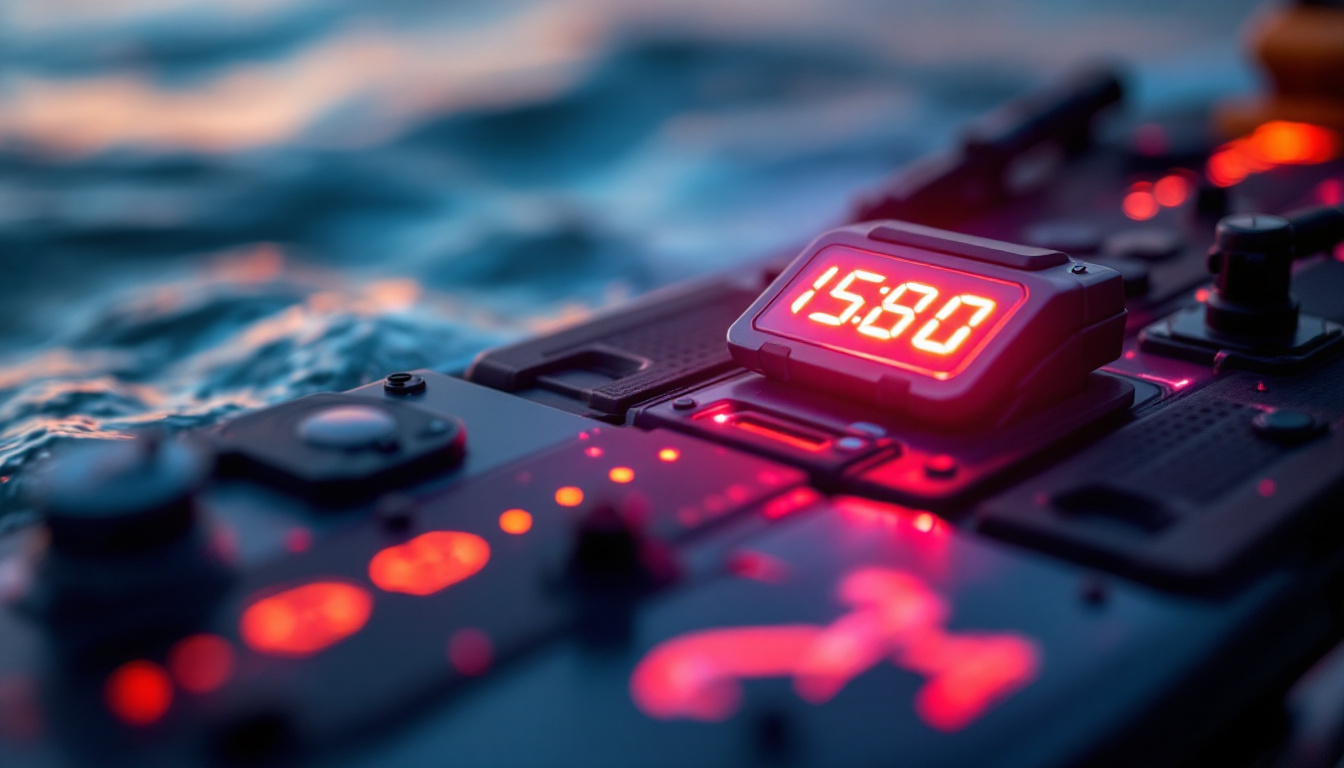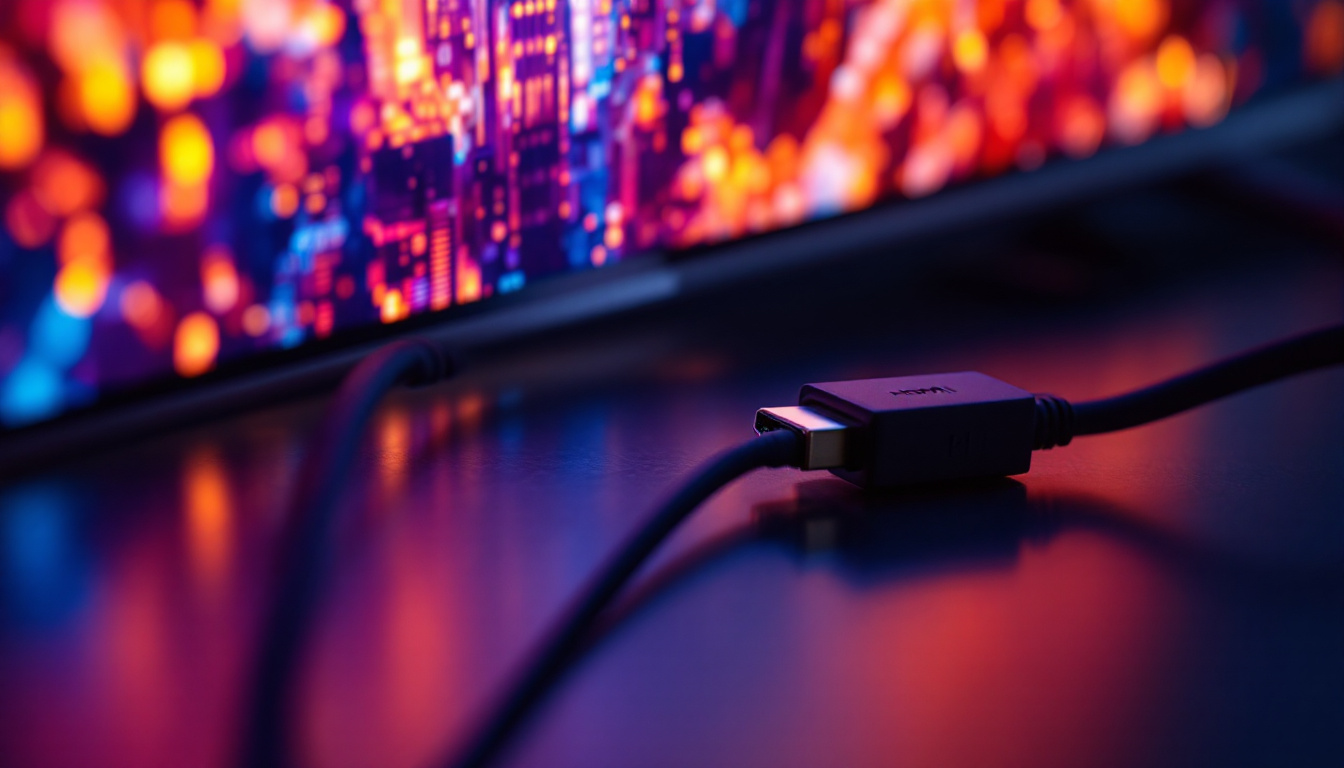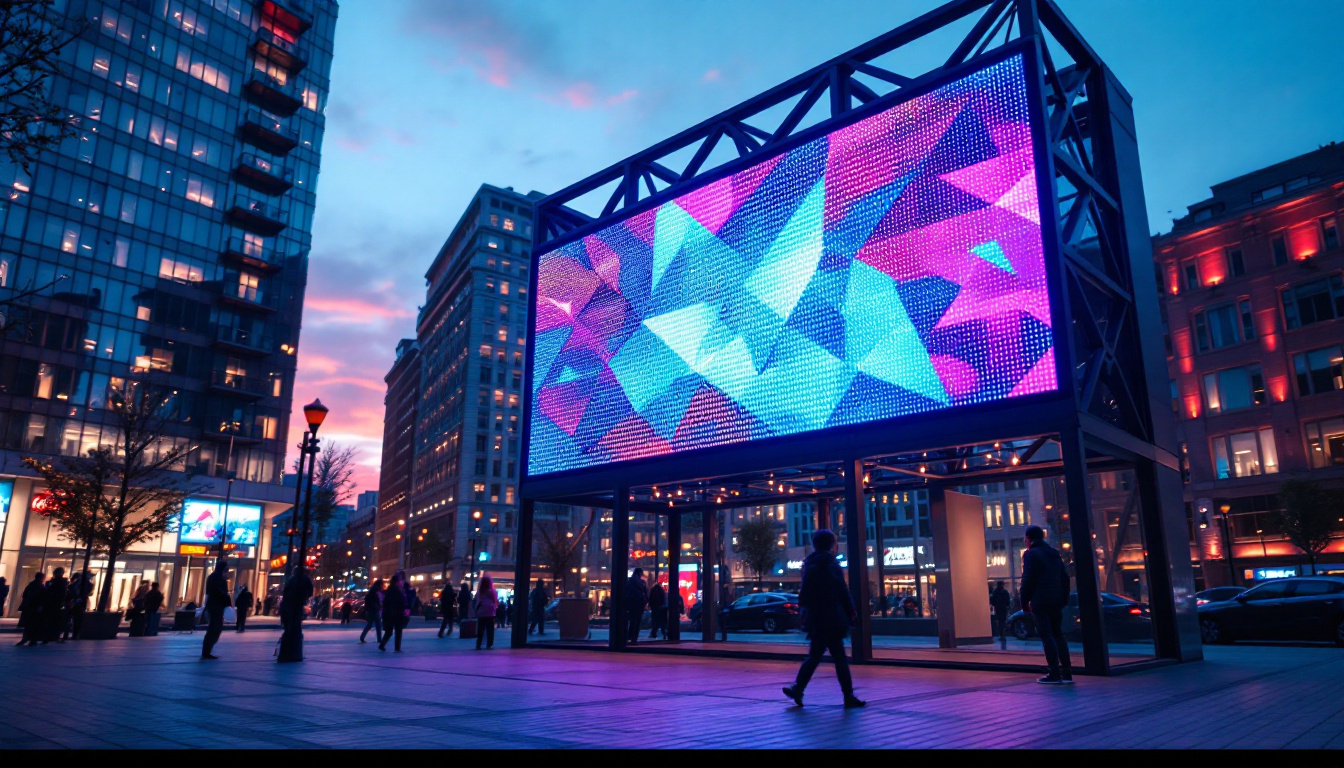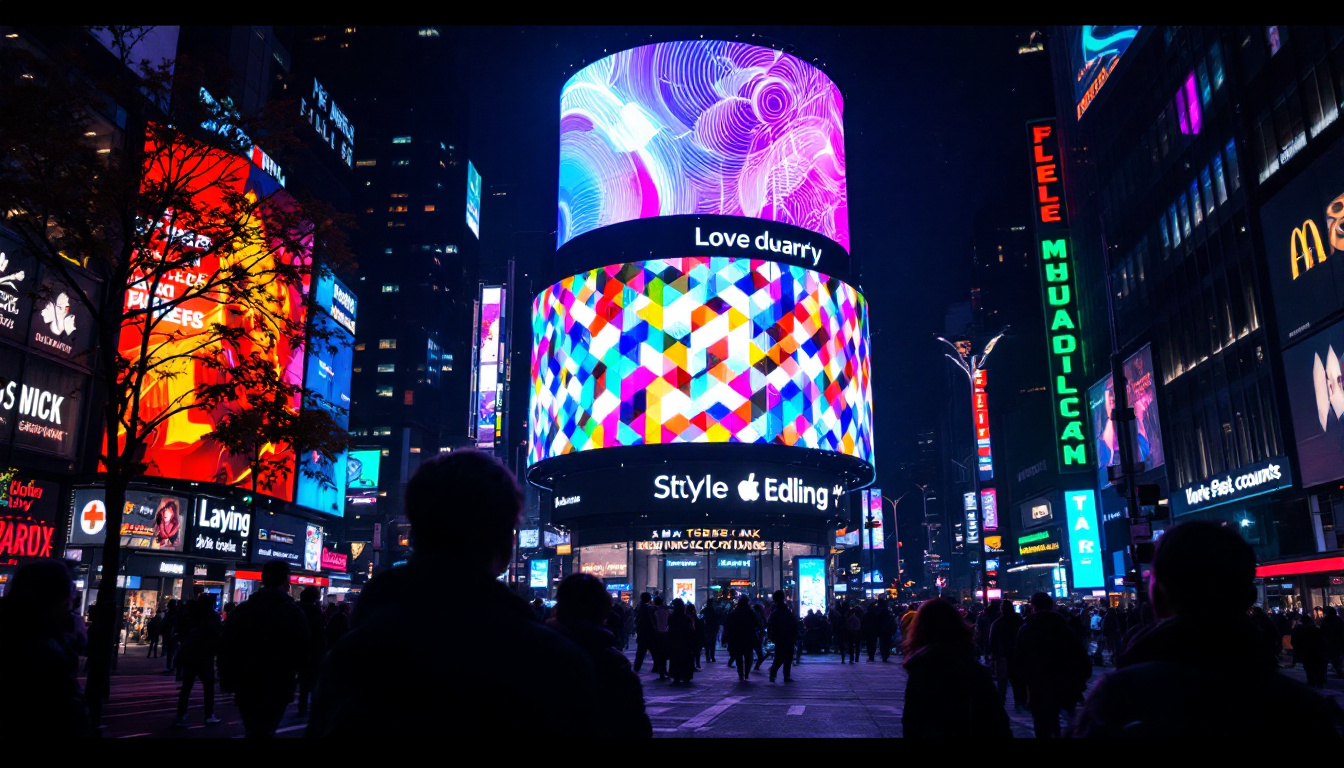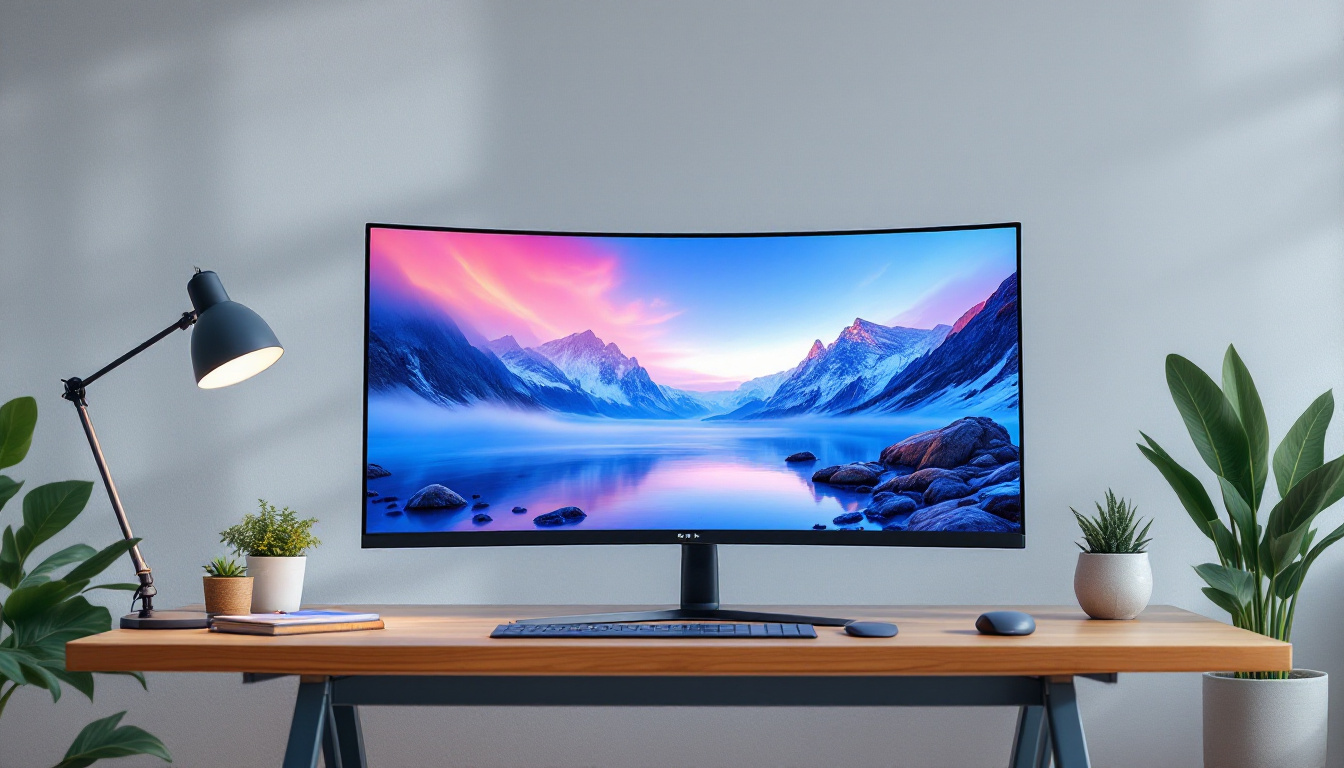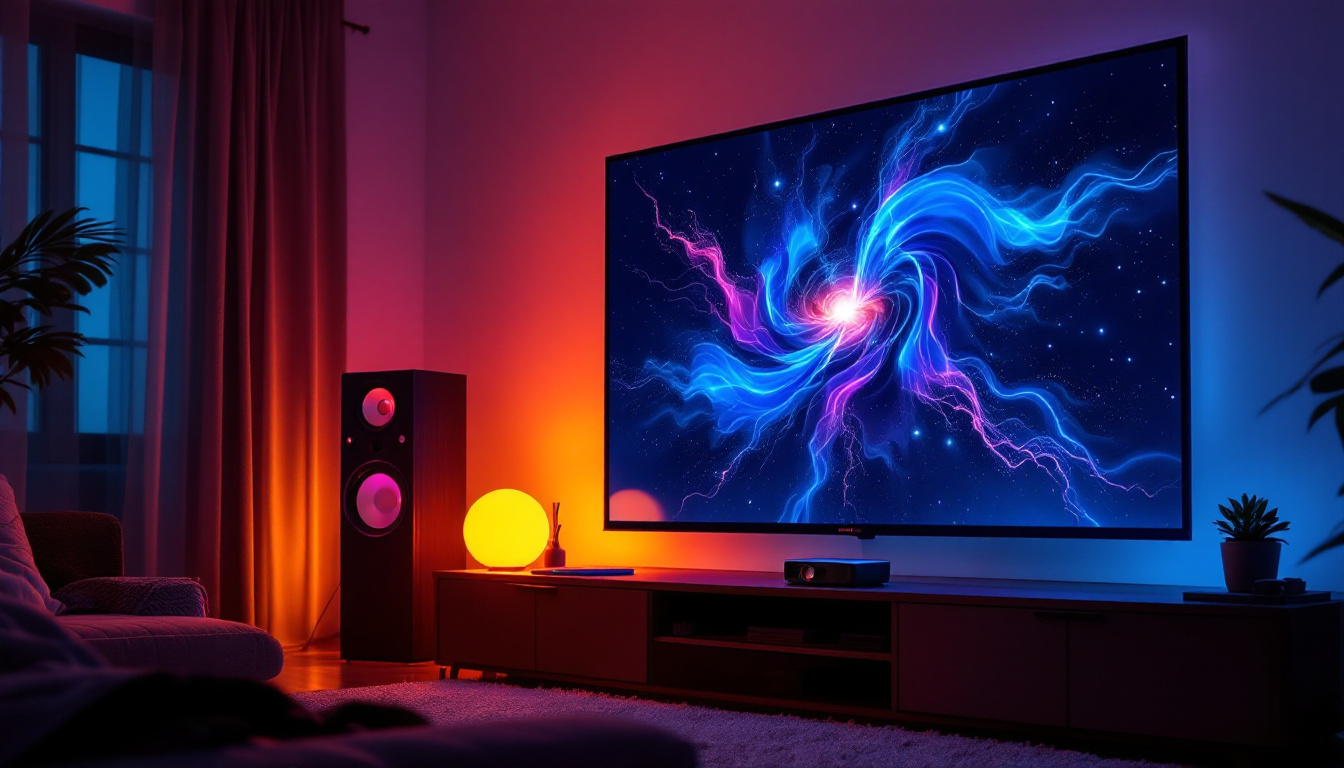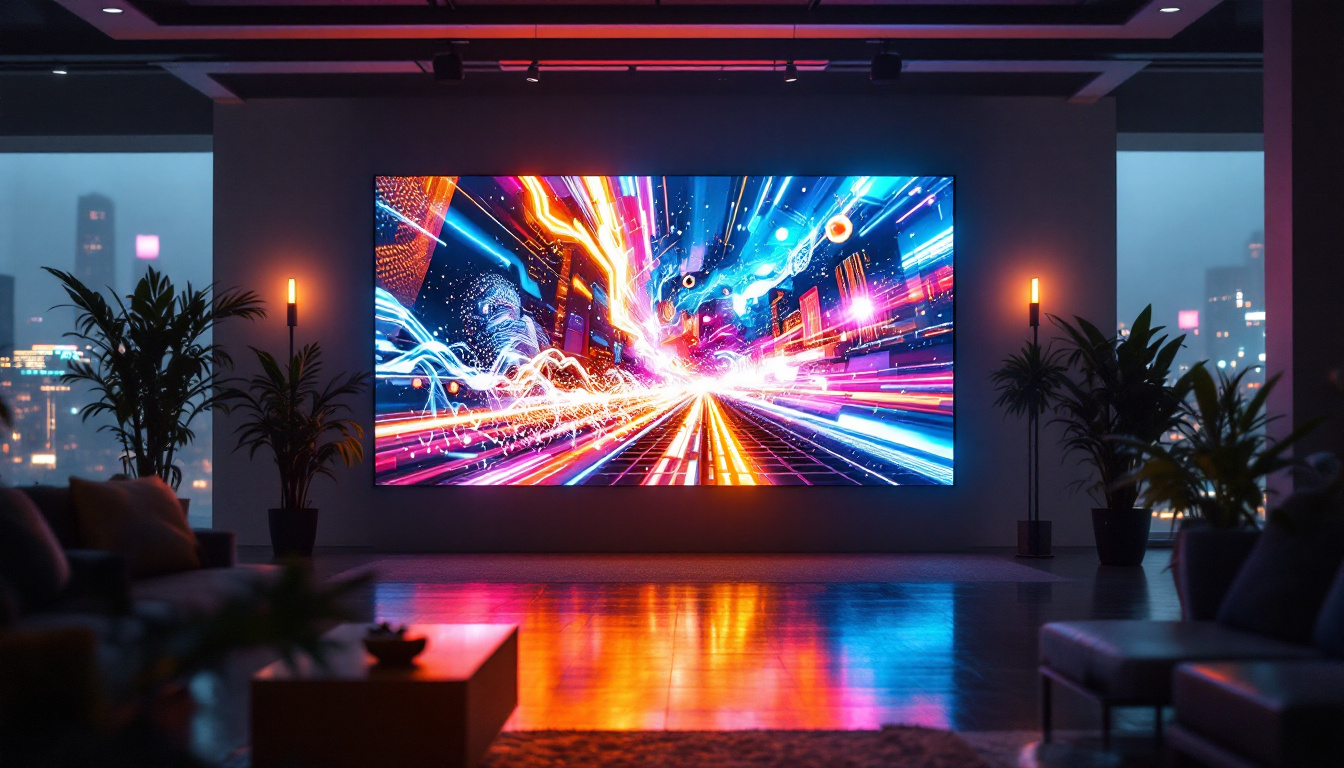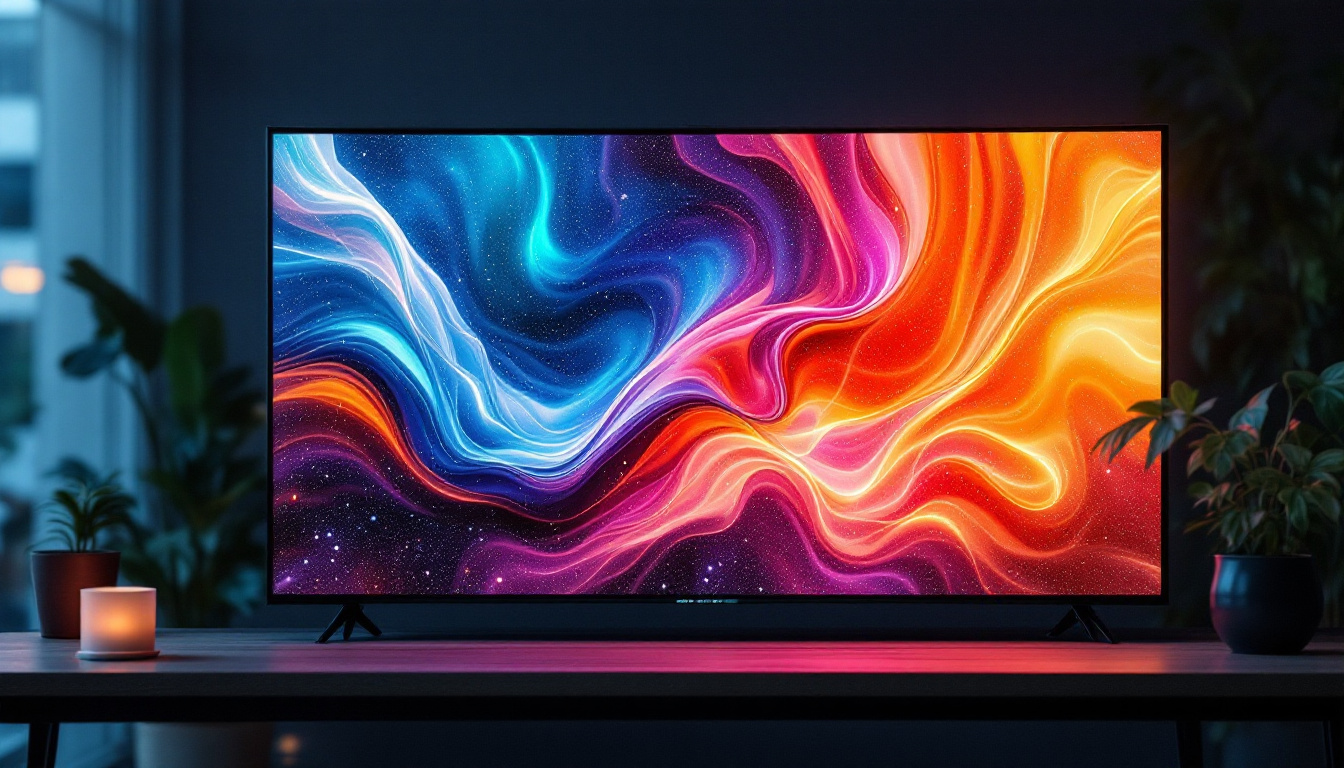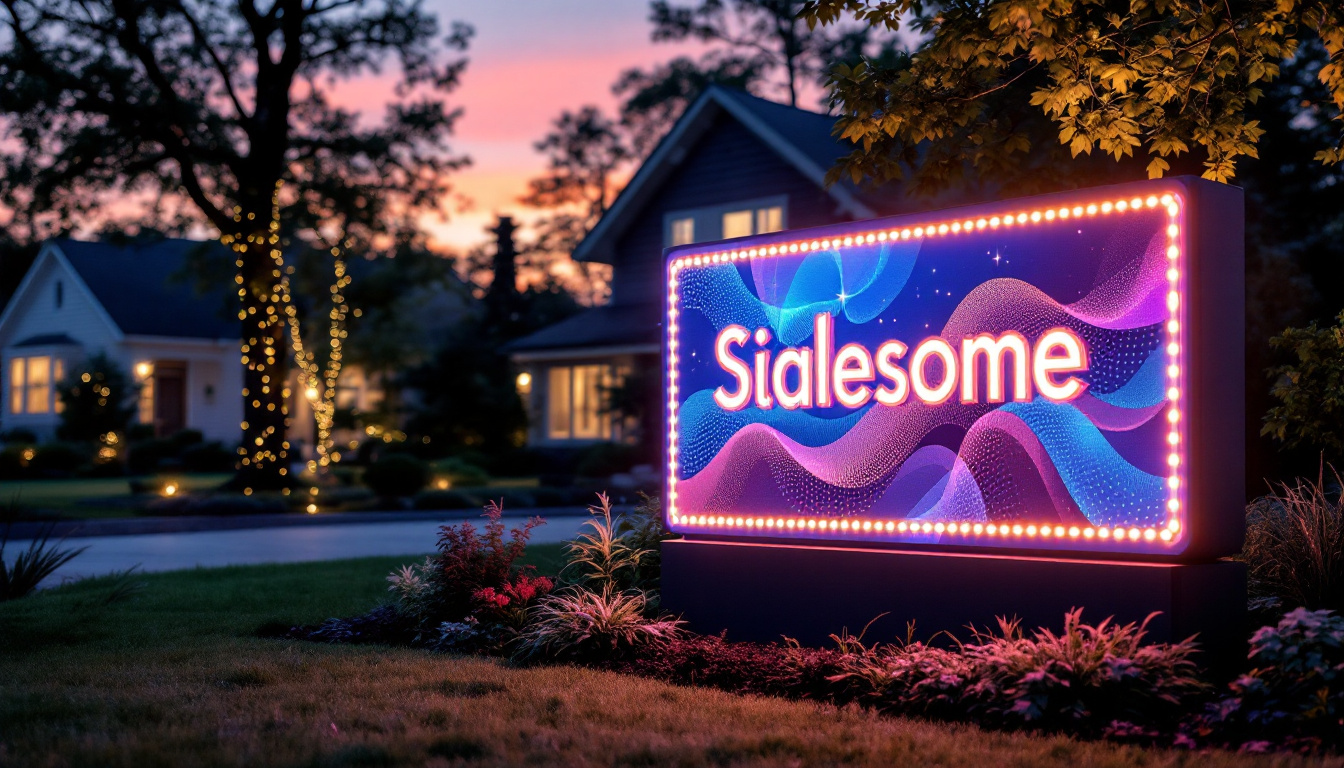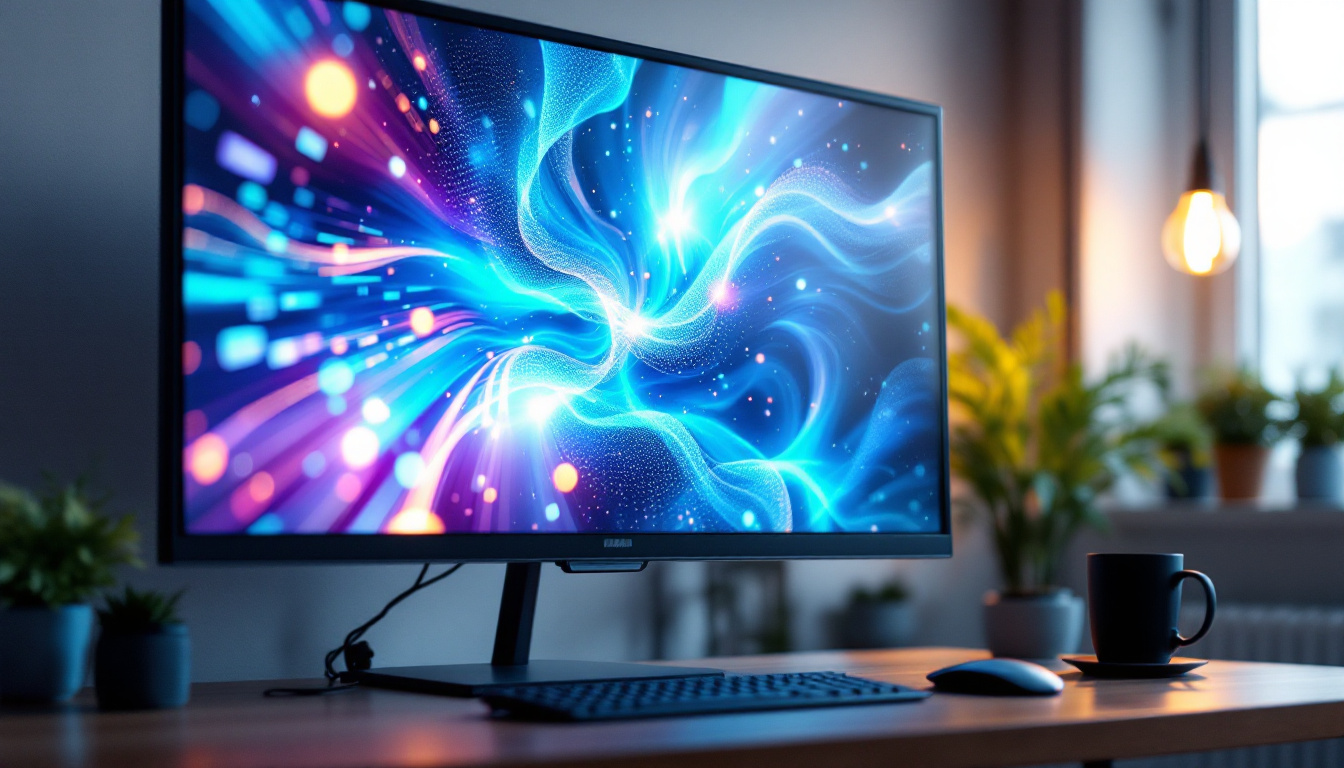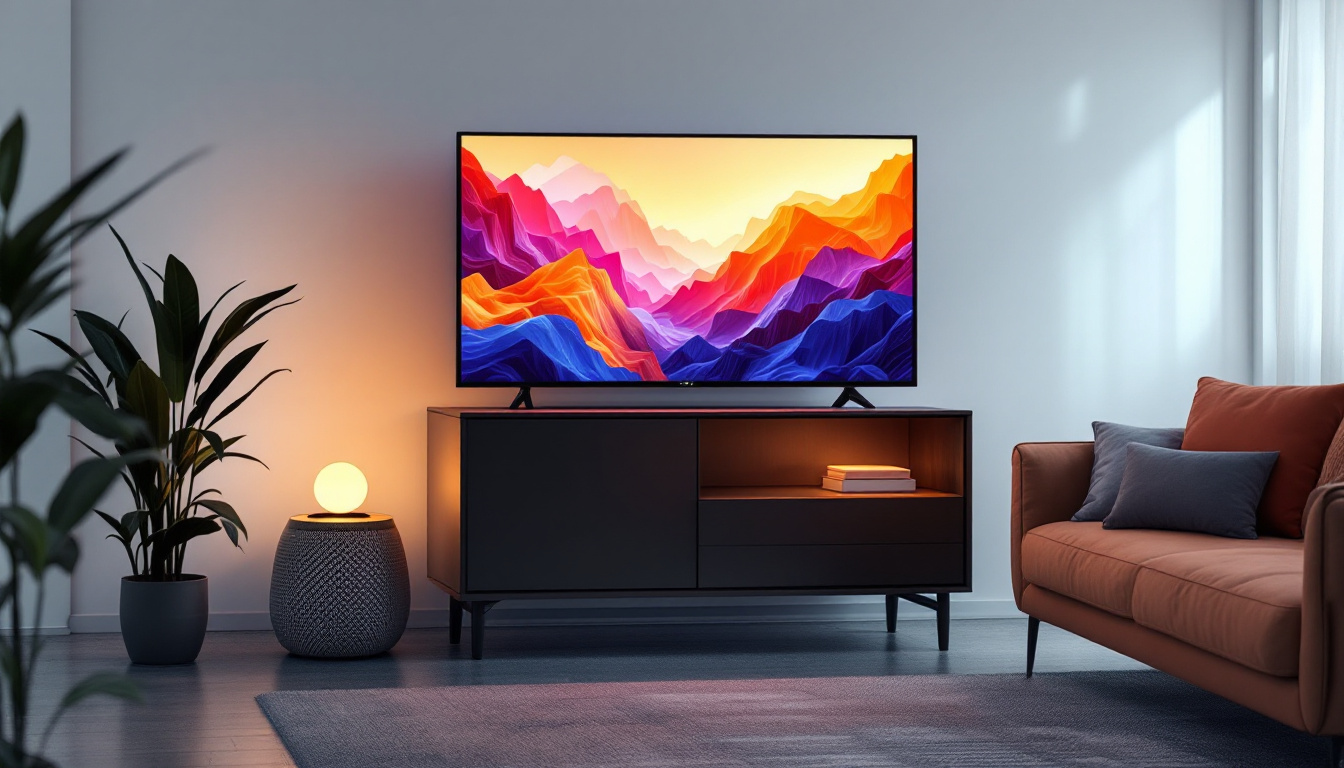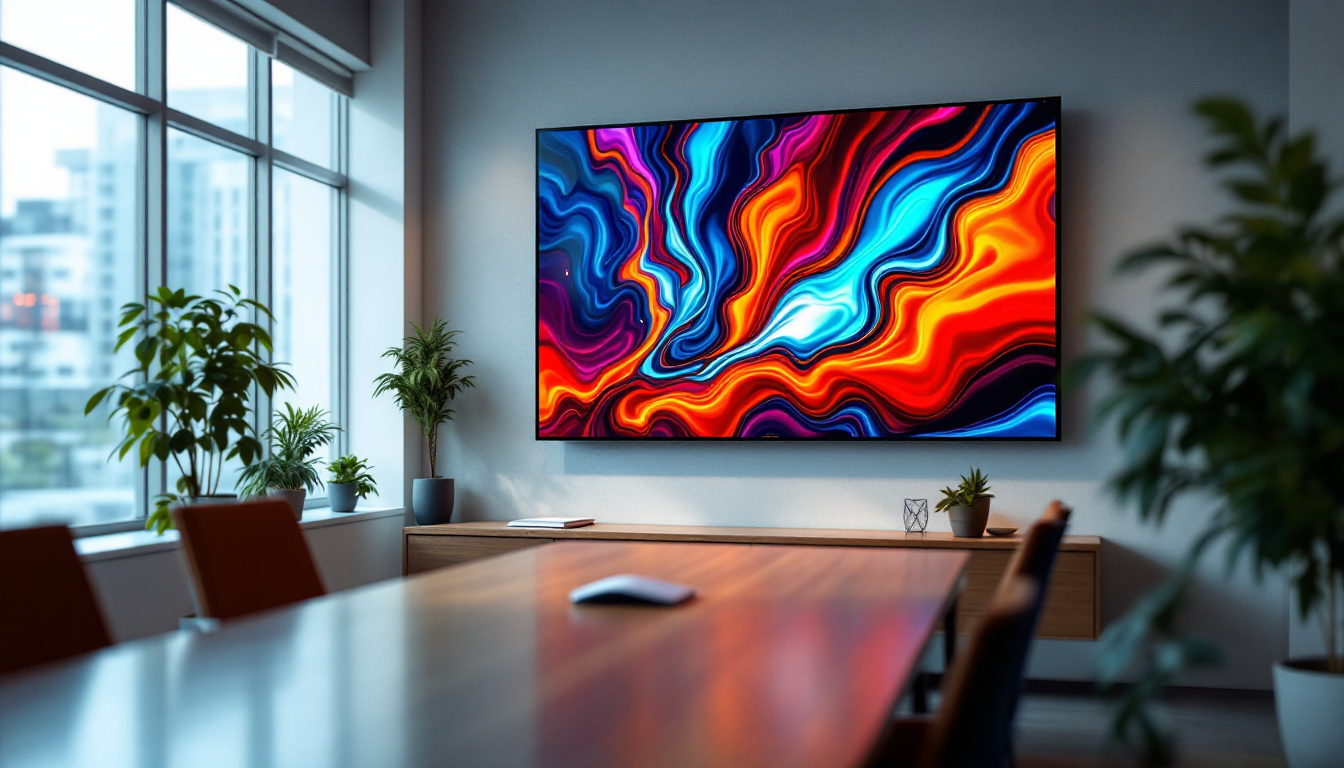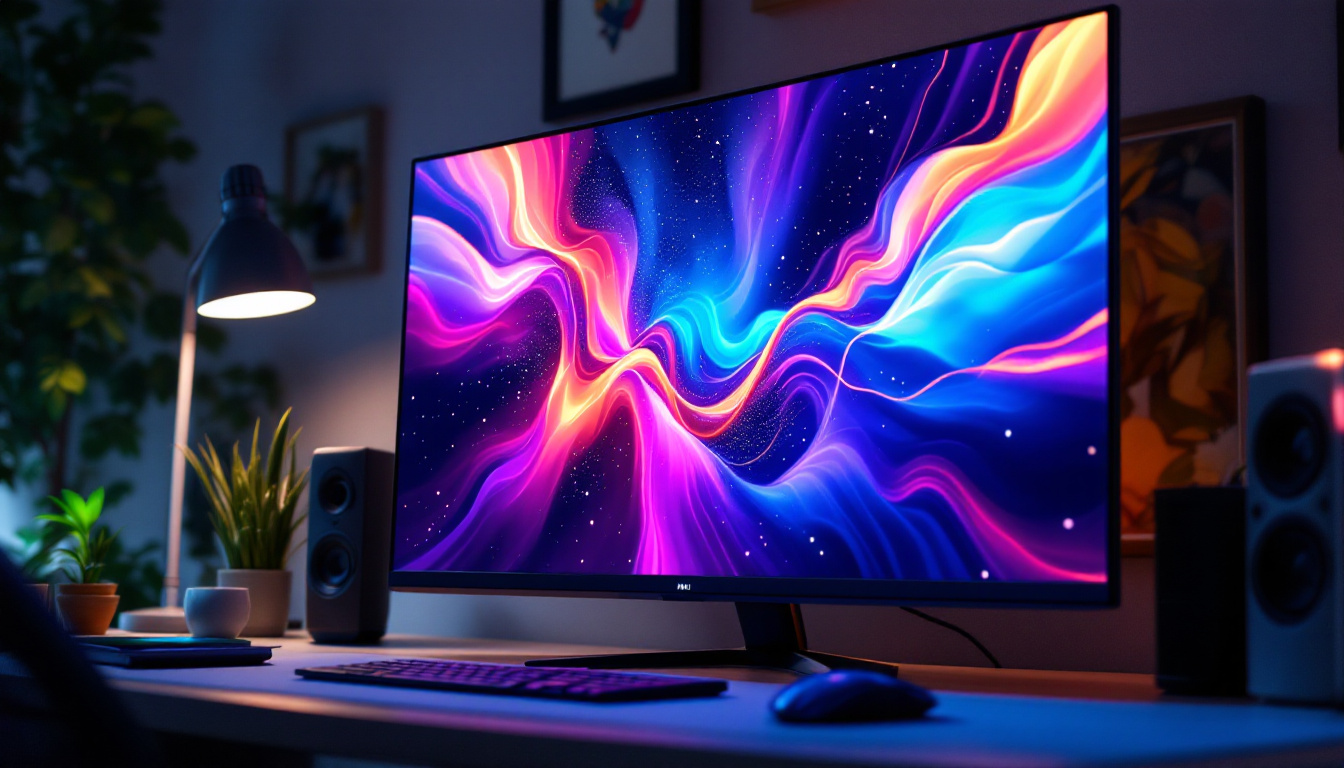Block walls are a popular choice for both residential and commercial construction due to their durability and strength. However, over time, these walls can develop issues that require repair. Understanding how to effectively repair a block wall is essential for maintaining its structural integrity and appearance. In this article, we will explore the steps involved in repairing a block wall, with a special focus on the role of LED displays in modern construction and design.
Understanding Block Walls
Block walls are typically made from concrete masonry units (CMUs) and are known for their robustness. They can be used for foundations, retaining walls, and even decorative purposes. However, like any structure, they are not immune to damage. Cracks, water infiltration, and structural shifts can compromise their integrity. The versatility of block walls makes them a popular choice in both residential and commercial construction, as they can be easily customized in terms of size, shape, and finish to suit various architectural styles.
Moreover, block walls provide excellent thermal mass, which can help regulate indoor temperatures, making them energy-efficient. This characteristic is particularly beneficial in climates with extreme temperature fluctuations, as it can reduce heating and cooling costs. Additionally, their fire resistance adds another layer of safety, making them an ideal choice for buildings that require enhanced fire protection.
Common Issues with Block Walls
Several issues can arise with block walls. Cracks are perhaps the most common problem, often caused by settling, temperature changes, or improper installation. Water damage is another concern, as moisture can seep into the blocks, leading to mold growth and further deterioration. The presence of moisture not only compromises the structural integrity of the wall but can also create an unhealthy living environment, as mold spores can trigger allergies and respiratory issues.
Additionally, efflorescence, which appears as a white, powdery substance on the surface, can indicate moisture problems. This phenomenon occurs when water evaporates from the wall, leaving behind mineral deposits. Identifying these issues early on is crucial for effective repair and prevention of more extensive damage. Regular maintenance, such as sealing cracks and applying waterproof coatings, can significantly extend the lifespan of block walls. Furthermore, ensuring proper drainage around the foundation can mitigate water-related issues, preserving the wall’s integrity and functionality over time.
Assessing the Damage
Before any repair work begins, a thorough assessment of the damage is necessary. This involves inspecting the entire wall for visible cracks, bulges, or signs of water damage. Using a flashlight can help illuminate hidden areas, ensuring a comprehensive evaluation.
Identifying Cracks
Cracks can vary in size and severity. Hairline cracks may not pose a significant threat, but larger cracks can indicate serious structural issues. It is essential to measure the width of the cracks and determine their length to gauge the extent of the damage.
Additionally, it’s important to observe whether the cracks are static or expanding. If they are growing, this could be a sign of ongoing structural movement, necessitating more immediate and extensive repairs.
Checking for Water Damage
Water damage can manifest in various forms, including damp spots, discoloration, or mold growth. Inspect the wall for any signs of moisture intrusion, especially in areas prone to heavy rainfall or flooding. A moisture meter can be a valuable tool in this assessment, helping to quantify the level of moisture present in the blocks.
Addressing water damage promptly is critical, as it can lead to more severe structural issues if left untreated.
Preparing for Repair
Once the assessment is complete and the extent of the damage is understood, the next step is to prepare for the repair process. This involves gathering the necessary tools and materials, as well as ensuring a safe working environment.
Tools and Materials Needed
Common tools required for block wall repair include a chisel, hammer, trowel, and a masonry drill. Depending on the type of repair, additional materials such as mortar, concrete patch, and sealants may be needed. It’s advisable to select high-quality materials to ensure long-lasting repairs.
Safety gear, including gloves and goggles, should also be worn throughout the repair process to protect against dust and debris.
Creating a Safe Work Environment
Before beginning repairs, ensure that the work area is clear of obstacles and hazards. If the block wall is part of a larger structure, it may be necessary to temporarily support the wall to prevent any further movement during the repair process. This is particularly important for walls that are load-bearing.
Additionally, consider weather conditions, as outdoor repairs should be done when the weather is dry and mild to allow for proper curing of materials.
Repair Techniques for Block Walls
There are several techniques for repairing block walls, depending on the type and extent of the damage. Each method has its own set of steps and considerations.
Repairing Cracks
For small cracks, a simple patching compound can be used. Clean the crack thoroughly, removing any loose debris, and apply the patching material with a trowel. For larger cracks, it may be necessary to use a masonry epoxy or a more robust patching system to ensure a solid bond.
After applying the patch, it’s essential to smooth out the surface and allow it to cure according to the manufacturer’s instructions. This ensures a strong and durable repair that blends seamlessly with the existing wall.
Addressing Water Damage
When repairing water damage, the first step is to identify and eliminate the source of moisture. This may involve improving drainage around the foundation or sealing any leaks. Once the source is addressed, the damaged area can be repaired.
Use a masonry sealant to treat the affected area, ensuring that it is applied evenly and thoroughly. This will help prevent future moisture intrusion and protect the integrity of the block wall.
Reinforcing Structural Integrity
In cases where the block wall has suffered significant damage or is showing signs of structural failure, additional reinforcement may be necessary. This can involve installing steel reinforcements or applying a shotcrete layer to strengthen the wall.
Consulting with a structural engineer is advisable for extensive repairs, as they can provide guidance on the best methods for reinforcing the wall and ensuring its long-term stability.
Finishing Touches
After the repairs have been completed, it’s time to focus on the finishing touches. This not only enhances the appearance of the wall but also provides additional protection against the elements.
Applying a Sealant
Once the repair materials have cured, applying a high-quality sealant can help protect the block wall from moisture and other environmental factors. This is particularly important for exterior walls that are exposed to rain and humidity.
Choose a sealant that is compatible with masonry surfaces and follow the manufacturer’s instructions for application. A well-applied sealant can significantly extend the lifespan of the repair and the wall itself.
Painting or Staining the Wall
For aesthetic purposes, painting or staining the block wall can enhance its appearance. When selecting paint, opt for products specifically designed for masonry surfaces to ensure proper adhesion and durability.
Before painting, ensure that the surface is clean and dry. A primer may be necessary to achieve the best results, especially if the wall has been repaired. Once painted, the wall will not only look better but also have an added layer of protection against moisture.
Incorporating LED Displays in Block Wall Design
In recent years, the integration of LED displays into architectural design has gained popularity. These displays can be incorporated into block walls, adding a modern touch and functionality to the structure.
Benefits of LED Displays
LED displays offer numerous advantages, including high visibility, energy efficiency, and versatility. They can be used for advertising, information dissemination, or even artistic expression. When integrated into block walls, they can transform a simple structure into an eye-catching focal point.
Moreover, LED technology allows for dynamic content, enabling the display to change messages or images based on time, audience, or specific events. This adaptability makes LED displays a valuable addition to both commercial and residential properties.
Installation Considerations
When planning to install an LED display in a block wall, several factors must be considered. First, the structural integrity of the wall should be assessed to ensure it can support the weight and installation requirements of the display.
Additionally, proper electrical wiring and connectivity must be established. It’s advisable to work with professionals who specialize in LED installations to ensure compliance with local codes and standards.
Maintaining Your Block Wall
Once repairs are complete and any LED displays are installed, ongoing maintenance is crucial to prolonging the life of the block wall. Regular inspections can help identify potential issues before they escalate.
Routine Inspections
Conducting routine inspections of the block wall can help catch cracks or signs of water damage early. Look for any changes in the wall’s appearance, such as new cracks or discoloration, and address these issues promptly.
Additionally, check the condition of any sealants or paints, as these may need to be reapplied over time to maintain their protective qualities.
Cleaning and Upkeep
Keeping the block wall clean is essential for both appearance and longevity. Use a mild detergent and a soft brush to remove dirt and grime, avoiding harsh chemicals that could damage the masonry. If mold or mildew is present, a diluted bleach solution can be effective in treating these areas.
For walls with LED displays, ensure that the electronic components are also maintained, as dust and debris can affect their performance. Regular cleaning and upkeep will ensure that both the wall and the display remain in optimal condition.
Conclusion
Repairing a block wall is a manageable task that, when done correctly, can extend the life of the structure and enhance its appearance. By understanding the common issues, assessing damage accurately, and employing the right repair techniques, property owners can maintain the integrity of their block walls.
Furthermore, incorporating modern elements like LED displays can elevate the functionality and aesthetic appeal of block walls, making them not just a structural component but also a dynamic part of the overall design. With proper maintenance and care, block walls can continue to serve their purpose effectively for many years.
Enhance Your Block Wall with LumenMatrix LED Displays
As you consider the longevity and aesthetic of your block walls, why not take a step towards innovation with LumenMatrix’s advanced LED display technology? LumenMatrix specializes in creating immersive visual experiences that can transform any block wall into a dynamic canvas for communication and artistry. From Indoor and Outdoor LED Wall Displays to Custom and Transparent LED solutions, our displays are designed to captivate and engage. Elevate your space and ensure your message resonates with clarity. Check out LumenMatrix LED Display Solutions today and revolutionize the way you share your vision with the world.


